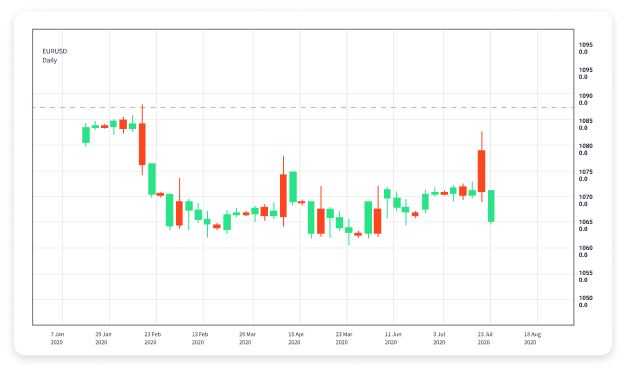
Maximizing Profits with Forex Software Trading: Strategies and Tools
In today’s fast-paced financial markets, Forex software trading has emerged as a cornerstone for traders looking to maximize their profits. The technology has radically transformed trading practices, enabling traders to execute orders swiftly and efficiently while utilizing advanced algorithms for better decision-making. The allure of Forex trading appeals to many due to its potential for high returns and the flexibility it offers. One excellent resource for traders is forex software trading Trading Uganda, which provides a plethora of tools and insights to navigate the Forex market.
Understanding Forex Software Trading
Forex software trading refers to the use of specialized platforms and applications that facilitate currency trading. These applications provide tools for analysis, implementing trading strategies, and executing trades operationally. The primary types of trading software include trading platforms, automated trading systems (or expert advisors), and signal providers. By leveraging these tools, traders can achieve higher precision in their trading exercises.
The Advantages of Forex Software Trading
Forex software trading offers numerous advantages, including:
- Automation: Automated trading systems allow traders to set predefined rules for buying and selling currencies. These systems can take control of trades based on specific parameters, enabling traders to operate without being physically present at their computers.
- Speed: Forex markets operate 24 hours a day. Trading software can react to market changes in real-time, allowing for faster execution of trades, which can lead to better pricing and execution.
- Analytical Tools: Most trading software includes built-in analytical tools that can aid traders in making informed decisions. These tools provide technical indicators, charting capabilities, and fundamental analysis features.
- Risk Management: Effective Forex software often includes risk management tools that can help traders set stop-loss levels, position sizing, and other risk assessment metrics to protect their capital.
- Backtesting: Traders can backtest their strategies on historical data before implementing them in live markets, giving them insights into how their strategies may perform under different market conditions.
Choosing the Right Forex Trading Software

When it comes to Forex trading, selecting the right software is crucial. Here are some factors to consider:
- User Interface: A clean and intuitive user interface can significantly enhance the trading experience. The easier it is to navigate, the better equipped you will be to make quick decisions.
- Compatibility: Ensure the software is compatible with your operating system and other tools you use. Additionally, mobile compatibility can allow you to trade on the go.
- Security Features: Your trading software should use robust security protocols to protect your personal information and trading data.
- Customer Support: Reliable customer service can be invaluable, especially if you encounter issues during trading hours. Look for platforms with good support options.
- Cost: Different trading software options come with varying price points. Determine your budget and choose software that meets your trading needs without breaking the bank.
Popular Forex Trading Software
Several popular Forex trading software platforms can help traders at all levels. Some well-known options include:
- MetaTrader 4 and 5: MetaTrader platforms are among the most popular for Forex trading, offering a rich selection of analytical tools, expert advisors, and extensive customization options.
- cTrader: Another robust trading platform that emphasizes user experience and offers advanced charting tools, algorithmic trading capabilities, and social trading features.
- NinjaTrader: Known for its advanced charting and analytics, NinjaTrader also allows traders to develop their strategies and backtest them efficiently.
- TradingView: Primarily a charting platform, TradingView also offers social trading features and allows for deep market analysis, making it ideal for traders looking to share insights.
Strategies for Success in Forex Software Trading
While the software can provide the tools necessary for trading success, successful Forex trading requires a well-thought-out strategy. Here are some effective strategies:
- Trend Following: A trend-following strategy seeks to capitalize on upward or downward market trends. Using indicators like moving averages can help identify these trends.
- Range Trading: Range traders look for currencies that are moving within a defined range and capitalize on their price fluctuations between support and resistance levels.
- Breakout Trading: This strategy involves identifying key levels of support or resistance and placing trades when the price breaks through these levels.
- News Trading: Traders who implement news trading strategies capitalize on the volatility that comes from significant economic events or announcements.
- Scalping: A high-frequency trading strategy, scalping focuses on making numerous small profits throughout the day.
Conclusion
Forex software trading presents endless opportunities for traders willing to invest the time and effort to learn and adapt. By understanding the tools available and strategies suited for the Forex market, you can enhance your trading performance significantly. Keep refining your skills, stay updated with the latest trends in Forex trading software, and most importantly, stick to your trading plan. With the right tools and approach, the Forex market can become a lucrative venture.
